Resilience and urban design
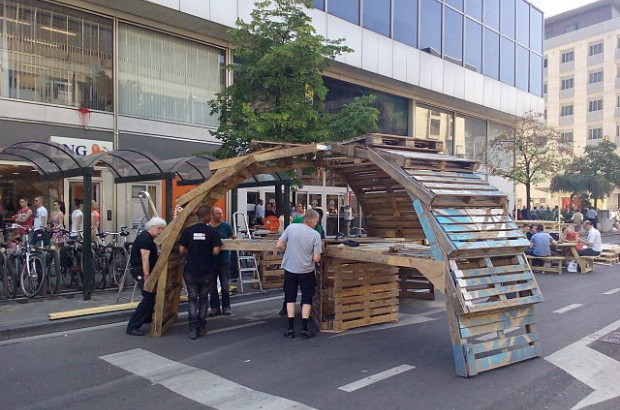
In this article, inspired by the movement of open spaces in cities across the world and resilience theory, I argue that city and human resilience are tightly interlinked.
This theme looks at the physical characteristics of cities, including the shape, size, density and configuration of built-up areas. It includes accessibility within and between cities by public and private transport.

In this article, inspired by the movement of open spaces in cities across the world and resilience theory, I argue that city and human resilience are tightly interlinked.
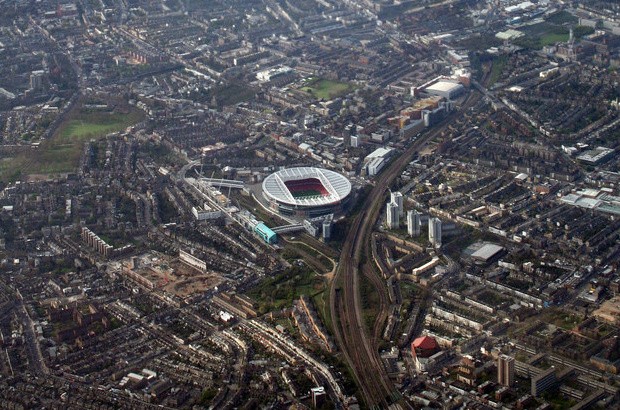
What do Arsenal’s Emirates Stadium in London, the now glorious heritage of Islington’s housing stock, and the cable-car system in Kathmandu for getting milk supplies to that city, all have in common?
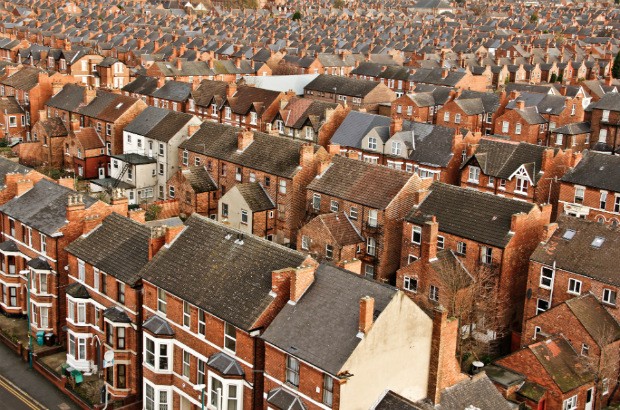
The role housing plays in underpinning or undermining achievement in British cities in the coming decades will vary from city to city.

The trend for urban populations to be healthier than their rural counterparts is known as the ‘urban health advantage’. But no matter where you live, there are health inequalities which are determined by social inequalities.
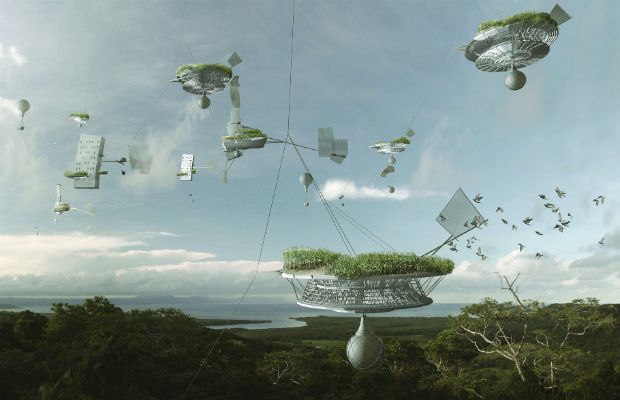
'A Visual History of the Future' examines how future cities have been visualised over the last 100 years, and considers what these depictions sought to communicate and why.
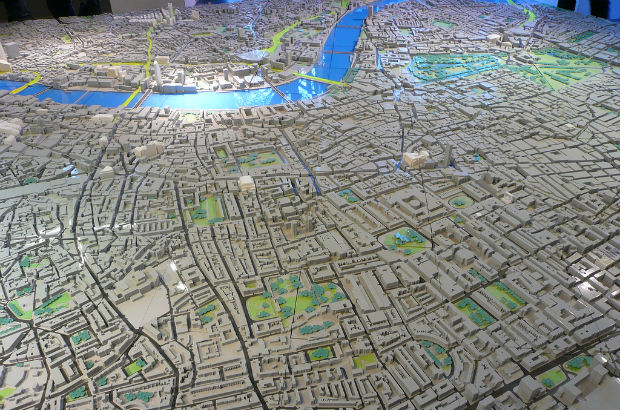
As part of the Foresight Future of Cities project, a number of evidence papers have been written to provide an in depth analysis of some of the issues that UK cities will face in 2040 and 2065.
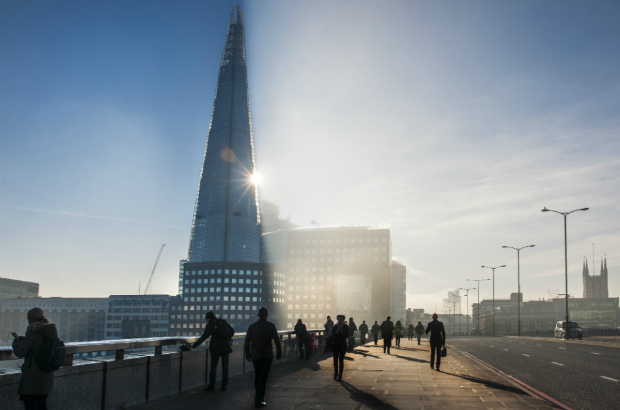
As part of the Foresight Future of Cities project, a number of evidence papers have been written to provide an in depth analysis of some of the key issues that UK cities will face in 2040 and 2065.